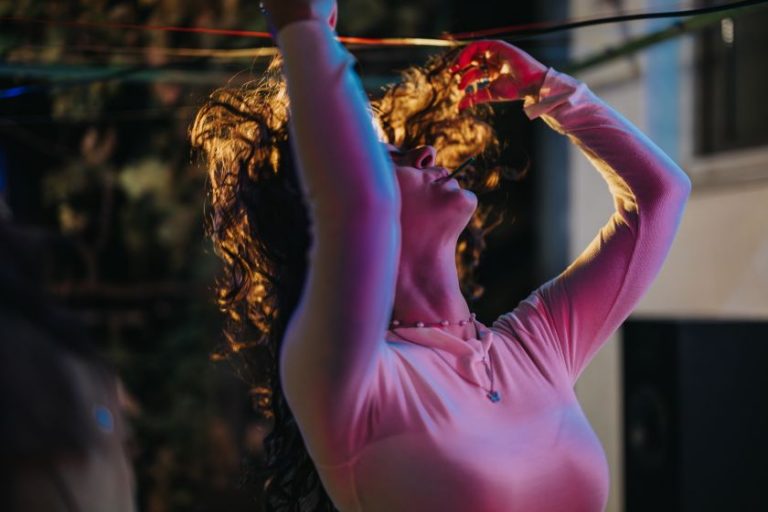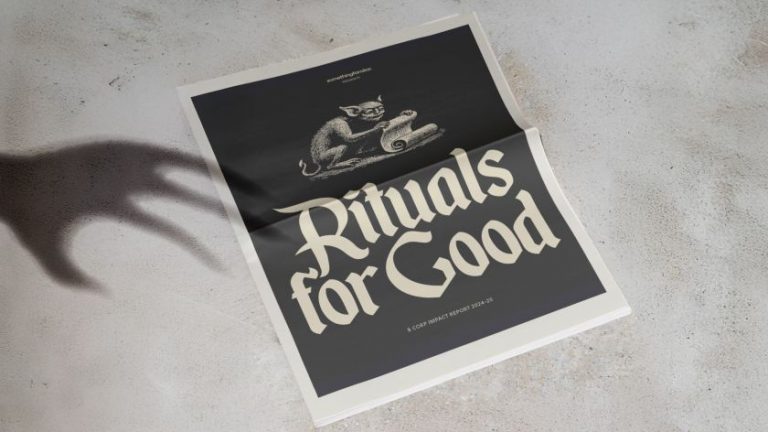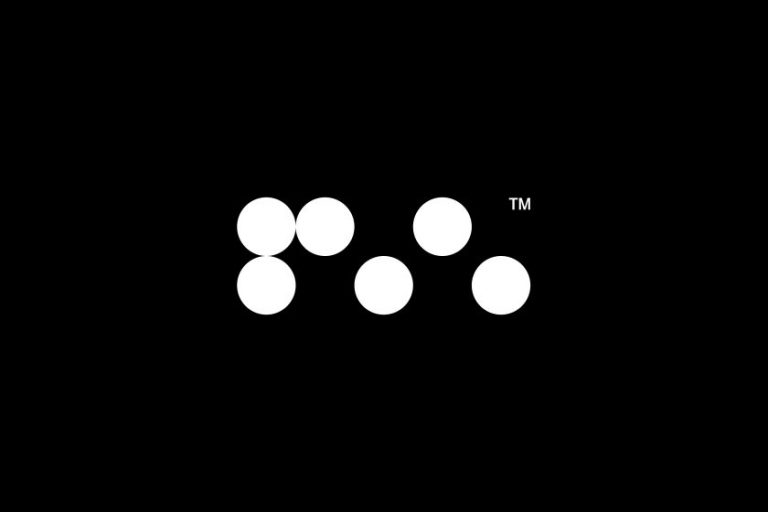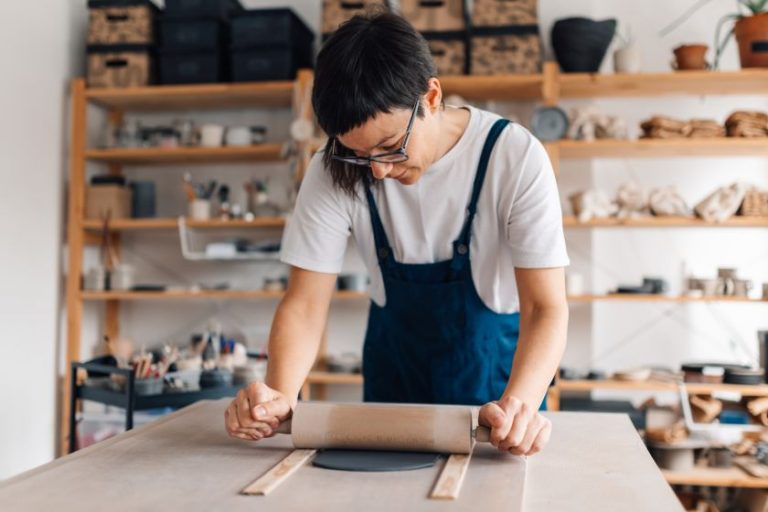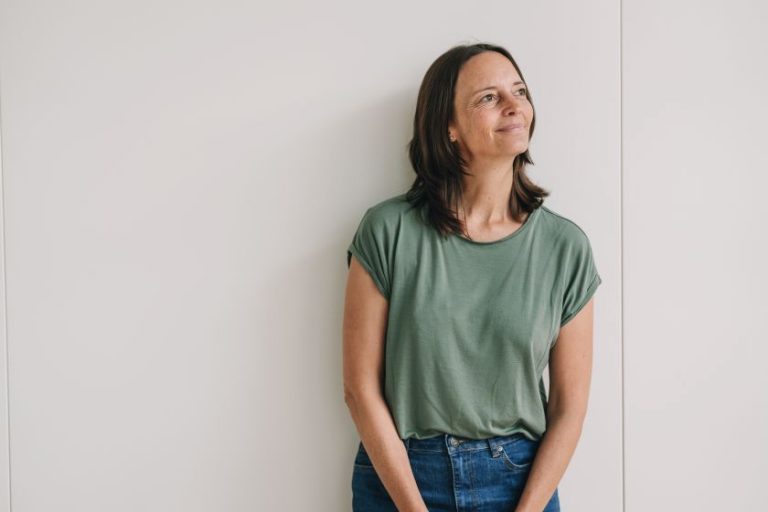Pentagram partner Marina Willer has announced Overlooked 2.0, a series of art prints that celebrate the artistry and history of London’s ancient streets through brightly coloured reproductions of its manhole covers.
In 2016, Pentagram’s Marina Willer unveiled a fascinating series of silkscreen prints made from brass rubbings of utility hole covers all over London. The artworks appeared at an exhibition and were featured in the 45th edition of the Pentagram Papers, a book of inspiring self-initiated projects created by the design consultancy’s partners.
Now Marina and her team have returned to the streets of London with their brass rubbing kits to take impressions of a whole new collection of pavement-level ironwork for Overlooked 2.0.
“When looking at these street covers, I notice the ornate and decorative nature of their designs; they are Victorian artworks found all over the streets of London, and they symbolise art intertwining with everyday life,” says Marina. “The series celebrates the diversity of London through its industrial patterns. We add the colours to highlight the idea of diversity even further.”
Overlooked 2.0 has launched as a Kickstarter campaign so that art lovers everywhere can support the work and secure limited edition items, including the screenprints themselves, garments, tote bags, postcards, and more – all emblazoned with utility hole designs in neon inks. Pentagram collaborator Dan Mather is handling the screenprinting in his Yorkshire studio with coloured B1 paper supplied by Fedrigoni. At the time of writing, the campaign was funded 70%.
This will be followed up with the Overlooked 2.0 exhibition to be held as part of the London Design Festival, which takes place in the Bankside Design District in September. Prints will also be available to purchase at the exhibition.
“The first series sold out completely, and the V&A requested to make the artworks part of its permanent collection,” says Marina Willer. “Most of the manhole covers were actually for coal and date back to the Victorian era. They celebrate the rich history that inundates the streets of London.”
In addition to coal shutes, the covers documented give access to services such as water and sewage, gas and electricity, telegraph and telephones that run through a network of subterranean tunnels. Brass rubbings typically occur in a historical and religious context, using the brass plate effigies over the tombs of nobles and dignitaries going back to the medieval period. In Overlooked 2.0, the technique elevates utilitarian art and design from the early industrial era to equal status.
The idea of celebrating utility hole covers goes back to Marina’s search for design inspiration, even in the most mundane areas of everyday life. “I stay curious and react to my environment,” she says. “I came across these street covers and began photographing them at first, noticing how each one was unique, fascinated by the various intricate patterns and unusual shapes. I thought about how they would look disconnected from their environment and how they might look printed directly onto paper.”
She continues: “We hope this new collection of street covers can serve as a reminder that a city’s beauty is not limited to art galleries or grand architecture and that intricate design is everywhere.”

